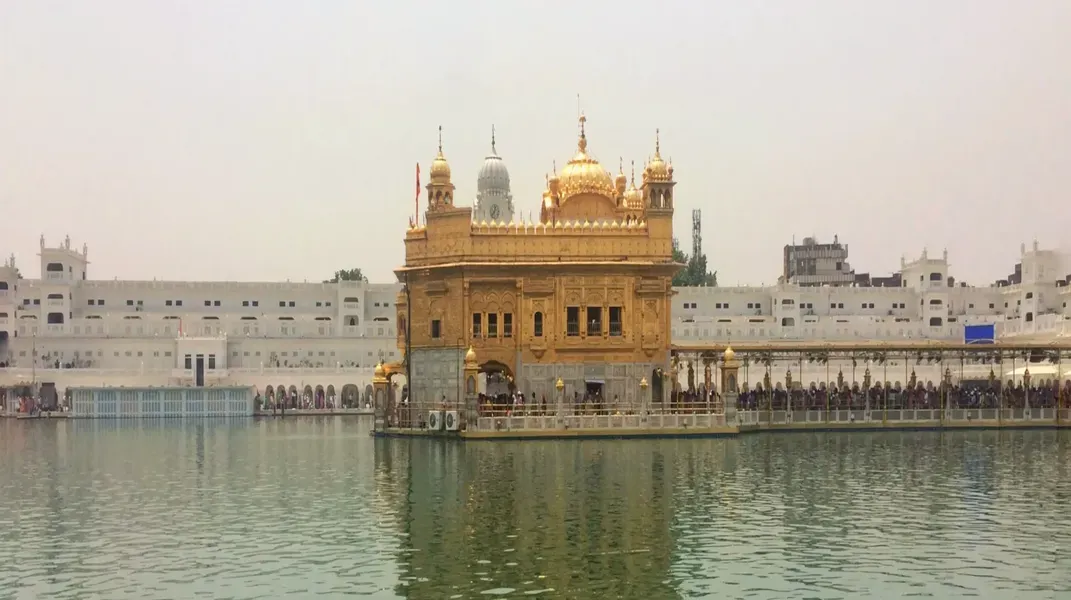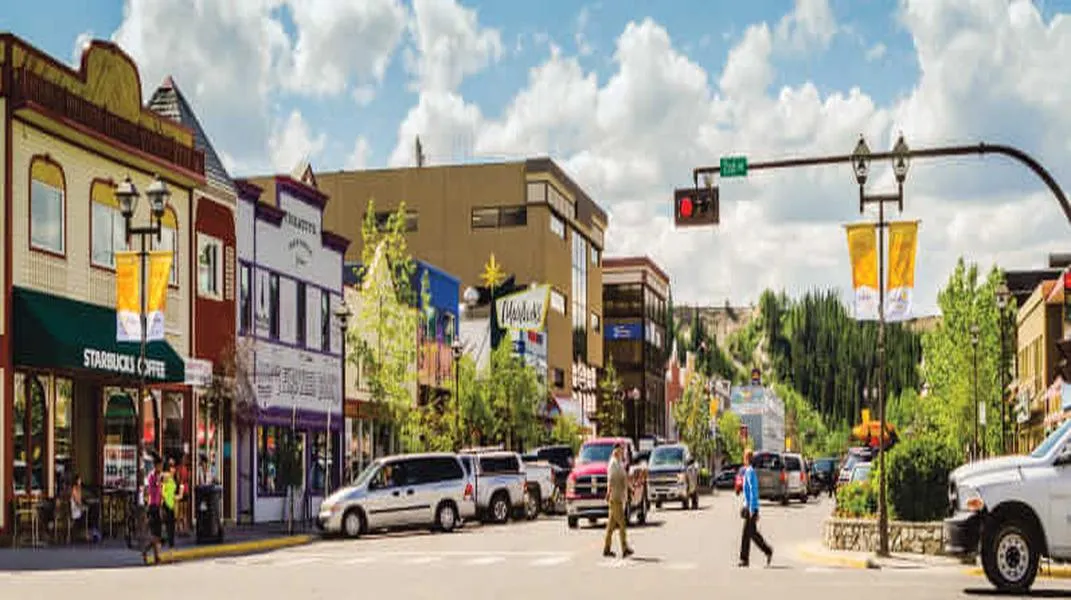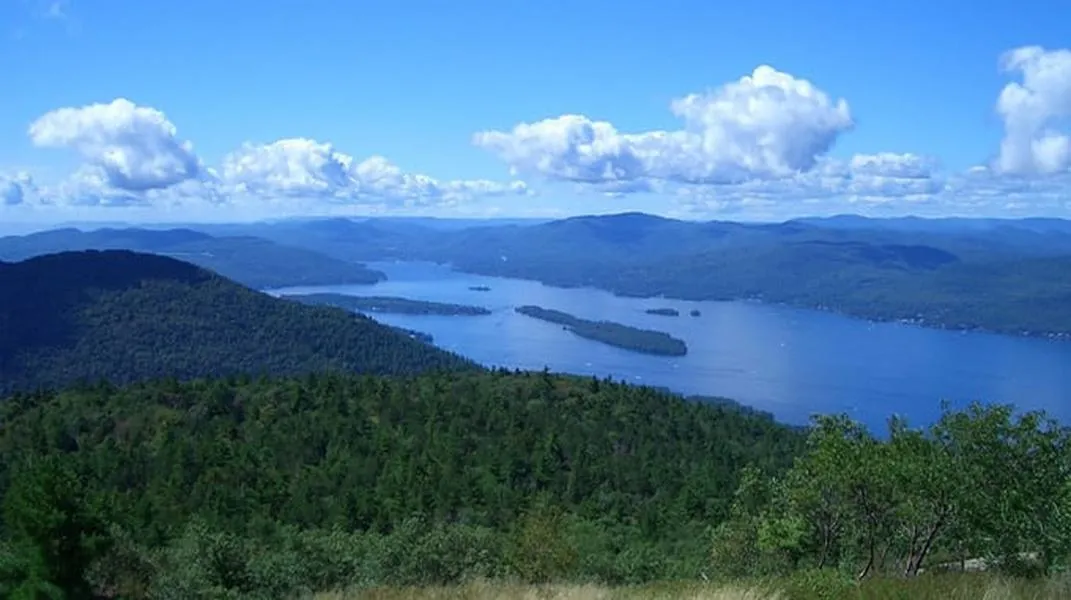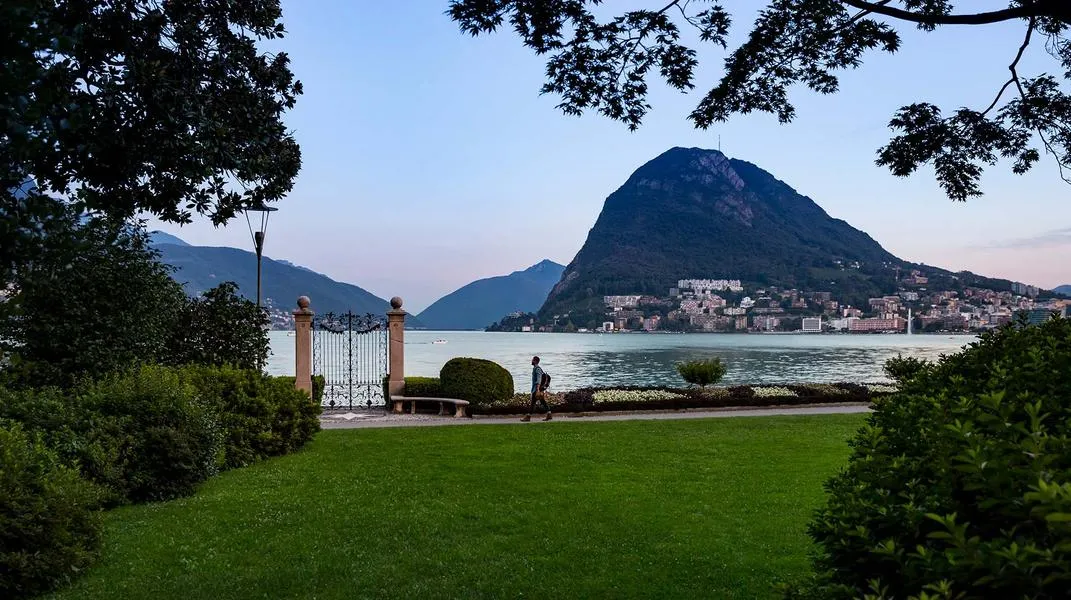Discovering Molokai: The Untouched Jewel of Hawaii
Nestled between the islands of Maui and Lanai, Molokai is often referred to as the “Friendly Isle.” This tranquil haven is rich in Hawaiian culture, natural beauty, and a slower pace of life that offers visitors a chance to reconnect with nature and themselves. With stunning landscapes ranging from lush mountains to pristine beaches, and a deep-rooted history that reflects the resilience of its people, Molokai is a treasure trove waiting to be uncovered. In this article, we will explore the captivating attractions of Molokai and provide essential information to prepare for your visit.
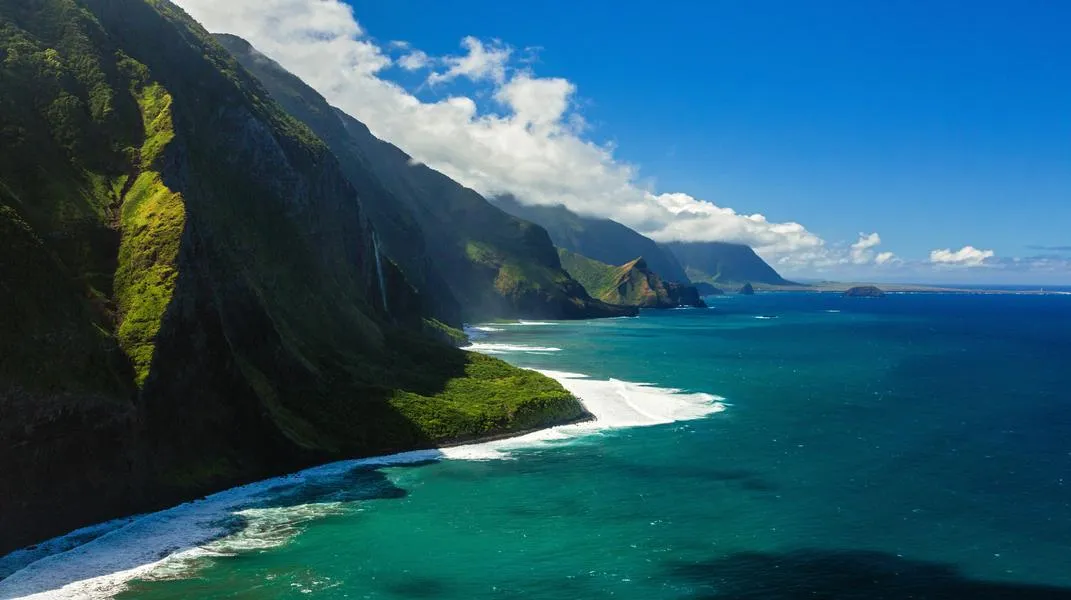
A Glimpse of Molokai
Molokai spans approximately 260 square miles, making it the fifth-largest island in Hawaii. Its population is relatively small, with around 8,000 residents. The island is divided into several regions, each offering unique experiences, from the rugged cliffs of the Kalaupapa Peninsula to the serene beaches of the southern coast. The island's geography is characterized by its volcanic origins, lush valleys, and a rich ecosystem that includes endangered species.
Getting to Molokai
Reaching Molokai is part of the adventure. The island is accessible via a short flight from Honolulu or Maui. The Molokai Airport, located in the town of Ho'olehua, is the main gateway, with regular inter-island flights provided by local airlines. Alternatively, ferries operate between Lahaina on Maui and the Kaunakakai harbor, providing a scenic journey across the channel.
Attractions and Activities on Molokai
1. Kalaupapa National Historical Park
One of the most poignant attractions on Molokai is the Kalaupapa National Historical Park. This site preserves the history of the Kalaupapa Peninsula, which was once a leprosy settlement established in the 19th century. Visitors can take a guided tour to learn about the experiences of those who lived here, including Father Damien, a Belgian priest known for his compassionate care of the patients.
The tour typically involves a hike or a mule ride down the steep cliffs, offering breathtaking views of the coastline. The park also features beautiful walking trails and historical buildings, including a church and the original homes of the settlers.
2. Halawa Valley
Halawa Valley, located on the eastern side of the island, is one of the oldest settlements in Hawaii. The valley is known for its stunning waterfalls and lush vegetation. Visitors can take guided tours led by local residents, who share stories of their ancestors and the significance of the valley in Hawaiian culture. The highlight of the tour often includes a hike to the breathtaking Mo’oula Falls, where you can swim in the cool waters and enjoy a picnic surrounded by nature.
3. Papohaku Beach
For those seeking relaxation, Papohaku Beach is a must-visit. Spanning three miles, it is one of the largest white sand beaches in Hawaii. The beach is less crowded than those on other islands, providing a serene escape where you can bask in the sun or take a leisurely stroll along the shore. The beach is also a great spot for swimming, snorkeling, and beachcombing.
4. Molokai Island Tours
To truly experience the essence of Molokai, consider taking a guided island tour. Various companies offer tours that showcase the island's hidden gems, including its historical sites, natural wonders, and local farms. This is an excellent way to learn about the island’s history, culture, and the ongoing efforts to preserve its unique environment.
5. Local Culture and Festivals
Molokai is rich in Hawaiian traditions, and visitors have the opportunity to engage with the local community. Throughout the year, various festivals celebrate Hawaiian culture, music, food, and art. The Molokai Ka Hula Piko Festival, for example, is a vibrant event that honors hula and its significance in Hawaiian culture. Attending these festivals provides a chance to experience authentic Hawaiian hospitality and creativity.
Preparing for Your Visit
Before embarking on your journey to Molokai, it’s essential to prepare adequately to ensure a seamless and enjoyable experience. Here’s a comprehensive list of materials and considerations to keep in mind.
Travel Essentials
- Booking Flights and Accommodations:
- Research and book flights to Molokai well in advance, particularly during peak travel seasons.
- Choose accommodations that suit your preferences, ranging from hotels and vacation rentals to local bed-and-breakfasts.
- Transportation on the Island:
- Renting a car is highly recommended for exploring the island at your leisure. There are a few rental agencies available at the airport.
- Alternatively, consider using local taxis or shuttle services if you prefer not to drive.
Clothing and Gear
- Clothing:
- Lightweight, breathable clothing is ideal due to the tropical climate.
- Pack swimwear, comfortable hiking shoes, and sandals for beach outings.
- A light jacket or sweater may be useful for cooler evenings.
- Hiking Gear:
- If you plan to hike, bring sturdy hiking shoes, a hat, and sunscreen.
- A reusable water bottle is essential for staying hydrated during your adventures.
Health and Safety
- Health Precautions:
- Consult with a healthcare provider regarding vaccinations and health precautions before traveling to Hawaii.
- If you plan on swimming or engaging in water activities, ensure you are aware of local safety guidelines and swim only in designated areas.
Cultural Sensitivity
- Respecting Local Culture:
- Familiarize yourself with Hawaiian customs and practices. Learning a few words of Hawaiian language, such as “aloha” (hello) and “mahalo” (thank you), can enhance your experience.
- Be respectful of sacred sites and local traditions. Always ask for permission before taking photographs of people or cultural events.
Food and Essentials
- Dining:
- Explore local dining options, including food trucks, markets, and restaurants that serve traditional Hawaiian dishes. Sample local favorites like poke, loco moco, and laulau.
- If you have dietary restrictions, consider packing some snacks or essentials, as grocery stores may be limited in remote areas.
- Essential Items:
- Bring toiletries and personal items, as some amenities may not be readily available.
- A good camera or smartphone is essential for capturing the breathtaking landscapes and memorable moments.
Conclusion
Molokai is a unique and enriching destination that offers visitors a glimpse into the heart of Hawaiian culture and the beauty of nature. From the emotional history of Kalaupapa to the serene landscapes of Halawa Valley, the island is a sanctuary for those seeking adventure, relaxation, and cultural immersion. By preparing appropriately and embracing the local customs, you can ensure that your visit to Molokai is not just a getaway, but a profound experience that stays with you long after you leave. So pack your bags, leave the hustle and bustle behind, and get ready to discover the untouched beauty of the Friendly Isle.

